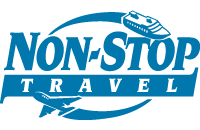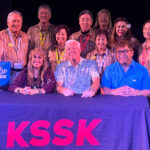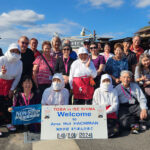2024 Fall Fukuoka Sumo Tournament Tour Recap with tour manager Laureen Chu!
Our tour of Japan began in Fukuoka, where we explored historic sites like Dazaifu and Kushida Shrine, cruised the Kujukushima islands in Sasebo, and marveled at Beppu’s famous hot springs. A big highlight was attending the Kyushu Grand Sumo Tournament, watching the wrestlers’ intense matches in person, and feeling the excitement of the crowd. To top it off, we enjoyed a traditional chankonabe meal, the hearty stew sumo wrestlers eat to build strength. With time for shopping and sightseeing in Fukuoka, we wrapped up our adventure with lasting memories of Japan’s culture, history, and energy!
Find more tours like this one on our Japan Fall Land Tours page.
Travel Photo Gallery
Click on a photo below to open up the image gallery.




